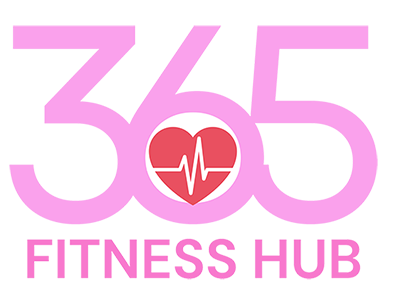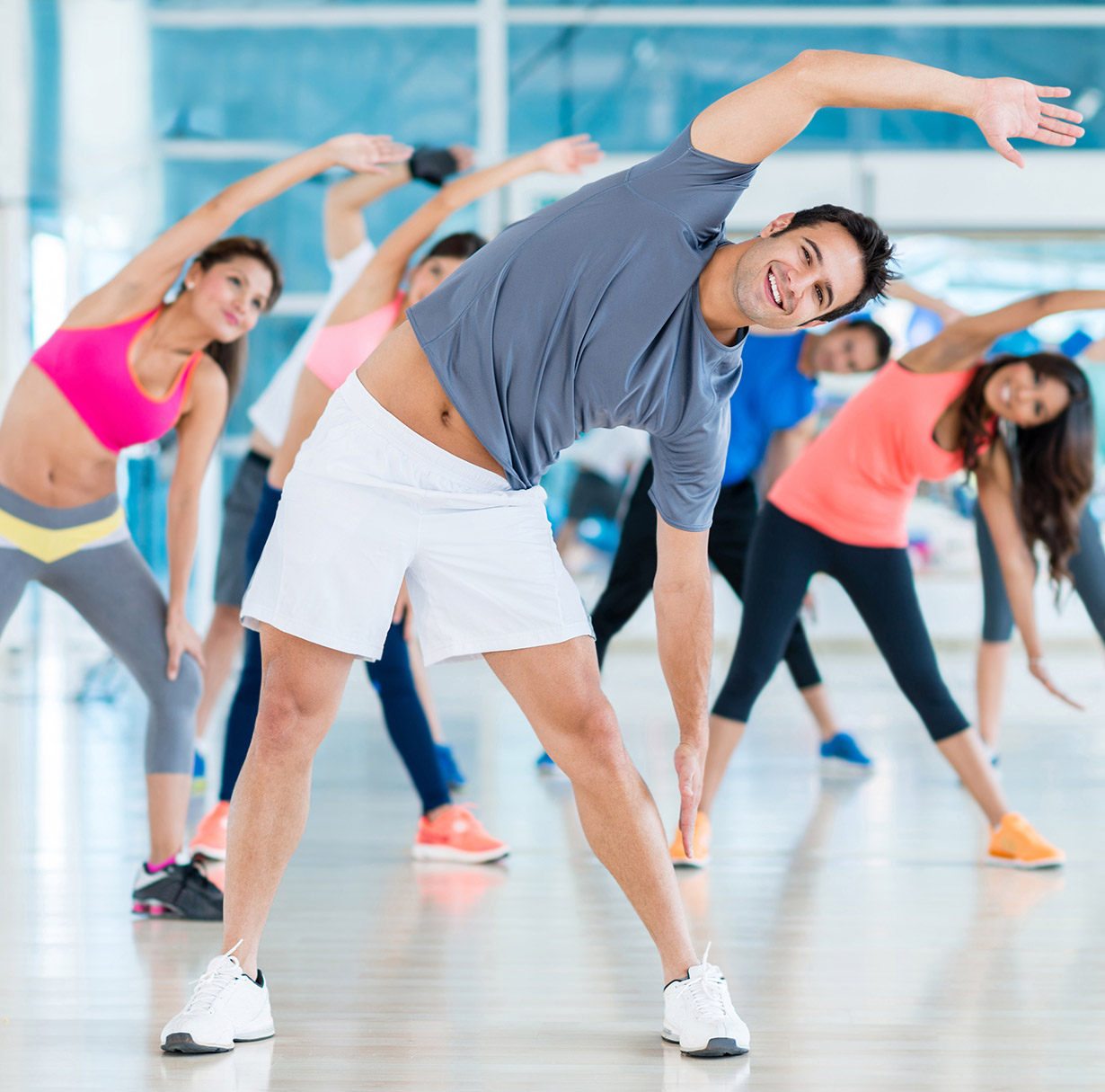The Art of Effective Stretching Exercises
Unlock Your Flexibility: The Art of Effective Stretching Exercises
Stretching exercises are often overlooked in fitness routines, yet they play a crucial role in improving flexibility, preventing injuries, and enhancing overall performance. Whether you’re an athlete, a fitness enthusiast, or simply looking to improve your mobility and well-being, incorporating effective stretching exercises into your routine can bring a myriad of benefits. In this article, we’ll explore the importance of stretching and highlight some key stretches to help you unlock your flexibility and optimize your workouts.
Why Stretching Matters:
Stretching is more than just a warm-up or cool-down routine—it’s a fundamental component of fitness that offers numerous benefits for the body and mind. Here’s why stretching matters:
Improves Flexibility: Regular stretching helps improve flexibility by lengthening muscles, tendons, and connective tissues. Increased flexibility allows for greater range of motion in joints, making movements more fluid and effortless.
Prevents Injuries: Flexible muscles and joints are less prone to injuries such as strains, sprains, and muscle tears. Stretching helps maintain optimal muscle length and alignment, reducing the risk of injury during physical activity.
Enhances Performance: Flexibility plays a critical role in athletic performance. Improved flexibility allows athletes to move more efficiently, generate greater power, and achieve optimal biomechanics in their movements.
Relieves Tension and Stress: Stretching promotes relaxation and helps relieve tension in muscles, reducing feelings of stress and anxiety. Gentle stretching exercises can also calm the mind and promote a sense of well-being.
Effective Stretching Exercises:
Hamstring Stretch: Sit on the floor with one leg extended straight in front of you and the other bent. Reach towards your toes on the extended leg, keeping your back straight. Hold for 20-30 seconds and switch sides.
Quadriceps Stretch: Stand tall and hold onto a wall or chair for support. Bend one knee and bring your foot towards your glutes, grabbing your ankle or foot with your hand. Hold for 20-30 seconds and switch sides.
Chest Opener Stretch: Stand with your feet hip-width apart and interlace your fingers behind your back. Straighten your arms and lift them away from your body, opening your chest and shoulders. Hold for 20-30 seconds.
Hip Flexor Stretch: Kneel on one knee with the other foot planted in front of you, forming a 90-degree angle. Lean forward slightly to stretch the hip flexors of the back leg. Hold for 20-30 seconds and switch sides.
Child’s Pose: Start on your hands and knees, then sit back on your heels, lowering your chest towards the floor and reaching your arms out in front of you. Hold for 30-60 seconds, focusing on deep breathing and relaxation.
Seated Forward Fold: Sit on the floor with your legs extended straight in front of you. Hinge at the hips and reach towards your toes, keeping your back flat. Hold for 20-30 seconds, feeling the stretch in your hamstrings and lower back.
Tips for Effective Stretching:
Warm up before stretching to increase blood flow to muscles and prepare them for stretching.
Hold each stretch for 20-30 seconds, breathing deeply and relaxing into the stretch.
Avoid bouncing or jerking movements, which can lead to injury.
Stretch both sides of the body evenly to maintain balance and symmetry.
Incorporate stretching into your daily routine, both before and after exercise, as well as during breaks throughout the day.
In conclusion, effective stretching exercises are essential for improving flexibility, preventing injuries, and enhancing overall performance and well-being. By incorporating a variety of stretches into your routine and practicing them regularly, you can unlock your flexibility, optimize your workouts, and enjoy the many benefits that stretching has to offer. Remember to listen to your body, breathe deeply, and stretch with intention to maximize the benefits of your stretching routine.


